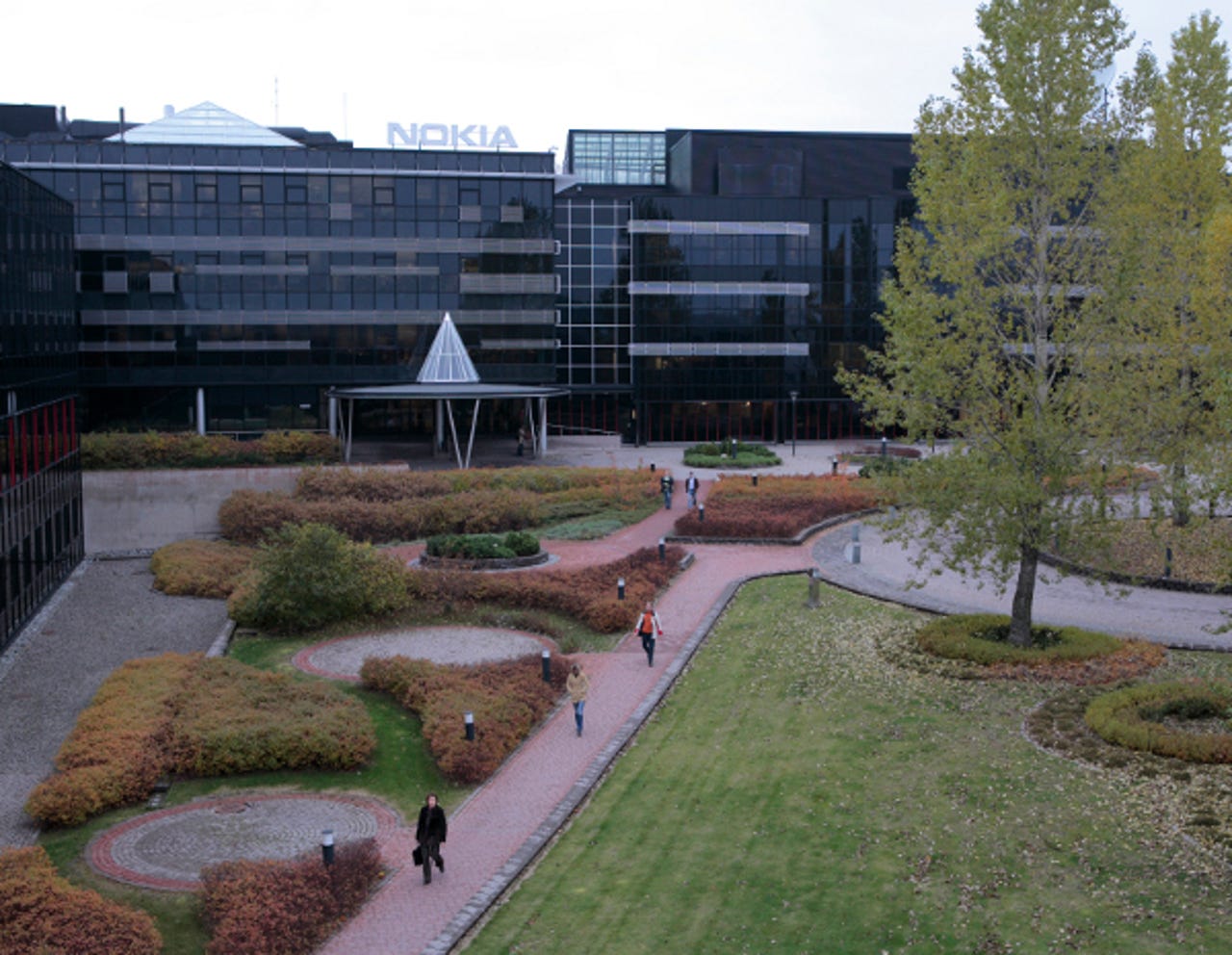Nokia's closure of one small factory is one big lesson about its past - and its future

A little over a year after Nokia CEO Stephen Elop sent his famous 'burning platform' email, the Finnish company has produced its final phone on home turf.
After announcing earlier this year announced that its Salo production facility, its last in Finland, was to close, Nokia finally shuttered the site last week.
Its closure has provoked a greater outpouring of both opinion and soul-searching than the shutting down of a phone-making factory typically might. But Salo is different to any other factory - indeed, any other Nokia facility. As the last man standing in Finland, Salo was seen as Nokia's avatar, a representation of the changes that continue to dog the country's best known export.
According to Nokia, workers at the now-shuttered Salo facility made Nokia's N8, N9 and E7 phones, as well as first Nokia device running Windows Phone 7 – making the facility an object lesson in Nokia's shifting smartphone loyalties, showing the transition in which OS the company was pinning its hopes on at the time, from Symbian to Meego to Windows Phone.
But, of course, it's Salo's location that's more significant: the production facility's closure is symbolic of Nokia's ongoing withdrawal from Finland - a process that began well before Elop's arrival in 2010, but appears to have accelerated under his leadership.

In February 2009, in the wake of Android and iOS' rise, Nokia began "ramping down" several facilities to "adapt operations to market conditions".
Back then, when its quarterly declines in device unit shipments were far lower than today, perhaps the urgency to transform was not as great. Instead of closing Salo outright, the focus of the 30 to 40 percent 'rotational redundancy' scheme for the 2,500 assembly and R&D staff at the facility was to keep the 14,000 square metre facility in production "without interruption".
But, by the time the decision was taken to close Salo's gates for good, just 1,000 staff remained, 780 of which were still on the assembly line.
From a peak of 24,600 employees in Finland in 2007, Nokia's Finnish overall workforce has fallen by over 2,000 a year and stood at 18,700 by the end of 2011. If the current rate of attrition continues, Nokia won't have a Finnish workforce within the next decade.
Removing Salo is consistent with Elop's strategy to speed up the pace of change at Nokia and reduce operational costs, but if Windows 8 is the catalyst Elop thinks it will be, perhaps Salo should - as it has for the past few years - keep chugging, if not as a reminder that Nokia is both European and Finnish, then as a centre of excellence and an example to for new staff in India, Vietnam, China and Brazil?
After all, over the same period, Nokia has doubled its headcount in China and the Asia Pacific from 11,000 and 14,000 respectively to 22,000 and 29,000 - although some of these are likely related to its Nokia Siemens Networks joint venture, which accounts for more than half of Nokia's overall associated headcount.
Moving away from Finland and Europe while piling up in Asia would help explain why in 2012, despite the massive staff reductions underway, Nokia's headcount is in fact 14,000 higher than in the better days of early 2008. Nokia may still be cutting headcount, but it is not cutting it equally across the world.
Salo's continued existence in 2012 was a product of Nokia's older, more polite Finnish way of doing things – a way that had led it into the post-iPhone confusion of the late 2000s, and a way that it has been moving away from ever since.
After all, with Elop, Nokia chose a Canadian citizen over well-regarded Nokia stalwart and Finn Anssi Vanjoki when it need a new CEO to lead it out of the doldrums, while its software efforts most closely aligned to Finland, MeeGo and Meltemi, have been kicked into the long grass.
Salo was another lingering reminder of Nokia's Scandinanvian origins, and another one the company decided it had to say goodbye to, symbolism and all, in its long struggle to regain momentum.